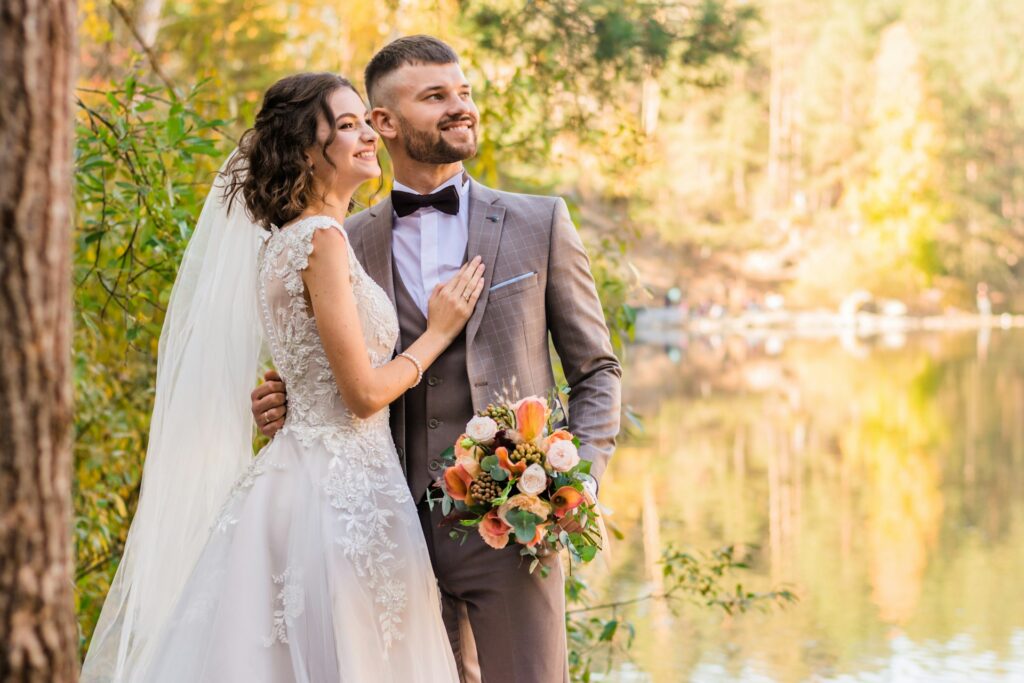Your wedding rehearsal is a critical step in preparing for your big day. It’s the moment to ensure everyone knows their role and the ceremony runs smoothly. But with so much to think about, it’s easy to overlook important details. Here’s a checklist of things you absolutely shouldn’t forget at your wedding rehearsal.
1. The Full Wedding Party
Make sure every member of the wedding party is present, including bridesmaids, groomsmen, flower girls, ring bearers, and anyone else participating in the ceremony. Their attendance is vital for understanding their roles and practicing transitions.
Pro Tip: Send out a reminder with the time, location, and any necessary instructions a few days before the rehearsal.
2. Officiant and Coordinator
Your officiant is the person who will lead the ceremony, so their presence is non-negotiable. If you’re working with a wedding planner or day-of coordinator, they should also attend to ensure everyone is aligned and any last-minute questions are addressed.
3. Ceremony Script
Bring a printed copy of the ceremony script, including:
- Vows
- Ring exchange wording
- Any special readings or rituals
This allows everyone to review their parts and helps you fine-tune the flow.
4. Processional and Recessional Music
Whether you’re using live musicians or recorded tracks, don’t forget to bring the music for the processional and recessional. Test it out during the rehearsal to ensure timing aligns with your entrance and exit.
5. Practice Bouquets and Props
Rehearsing with stand-in bouquets and props ensures the wedding party knows how to handle them. If you’re using ceremonial items like unity candles or sand, have those on hand as well.
6. Seating Assignments
Ushers should practice escorting guests and understand the seating arrangements for family and VIPs. Clearly communicate where reserved seating is located and how to guide guests to their places.
7. Aisle Walks
Practice walking down the aisle with the correct pacing and order. This includes:
- Who walks with whom
- When to start walking
- Where to stand upon arrival
Pro Tip: Work backwards! Begin with placing everyone where they will be standing at the altar. Then practice walking down the aisle. This will alleviate chaos and save time.
8. Timing and Cues
Run through the timing and cues for each part of the ceremony. This includes:
- When the music starts and stops
- Cues for the officiant
- Transitions between different parts of the ceremony
9. Final Logistics Check
Discuss logistical details such as:
- Where participants will gather before the ceremony
- How to handle unexpected situations (e.g., weather changes for outdoor weddings)
- Any special instructions for the wedding day
- Where participants will gather after the ceremony
10. A Positive Attitude
Rehearsals can be a bit chaotic, but staying calm and focused will set the tone for the group. Encourage everyone to enjoy the process and ask questions if they’re unsure about something.
Your wedding rehearsal is a chance to iron out details and ease nerves, but it’s also a time to celebrate the journey that brought you to this moment. By remembering these key elements, you’ll ensure a seamless rehearsal and set the stage for a flawless wedding day.


